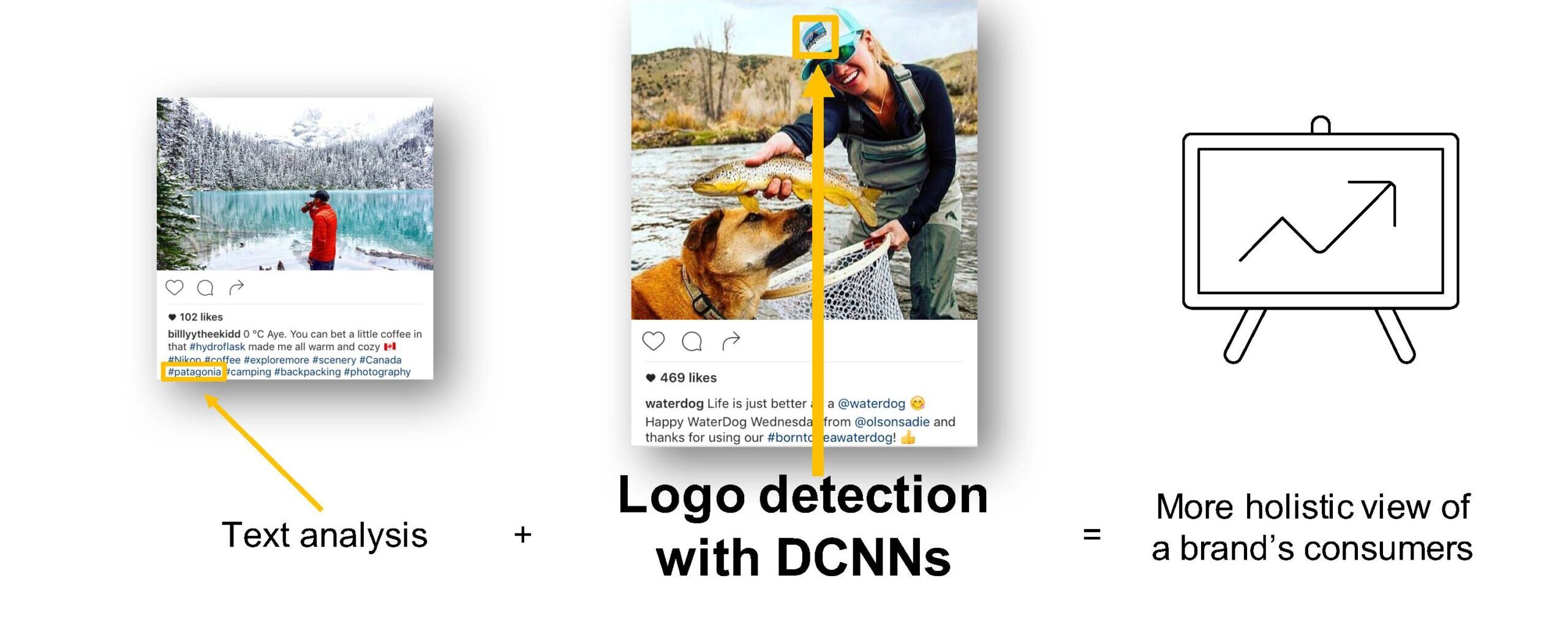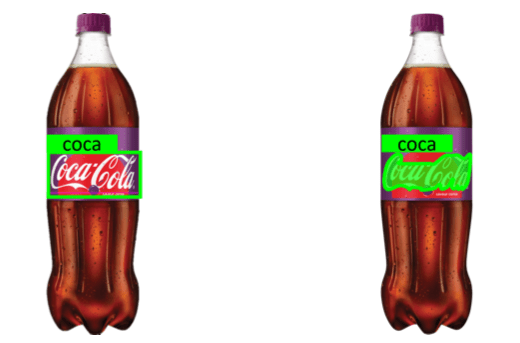In today’s digital era, logo detection plays a crucial role in various applications, including brand recognition, copyright infringement detection, and marketing analytics. Deep learning, a subfield of artificial intelligence, has revolutionized logo detection by enabling machines to learn and recognize logos with remarkable accuracy. In this article, we will delve into the world of logo detection deep learning techniques, exploring the underlying concepts, methodologies, and real-world applications.
Introduction to Logo Detection Deep Learning

Logo detection refers to the process of identifying and localizing logos within images or videos. It involves distinguishing logos from other visual elements and accurately recognizing their corresponding brands or trademarks. With the increasing ubiquity of logos in our daily lives, automatic logo detection has become an essential task in computer vision and image processing.
Understanding Deep Learning
Deep learning, inspired by the structure and function of the human brain, focuses on training artificial neural networks to perform complex tasks. Convolutional Neural Networks (CNNs) are a popular type of deep learning architecture commonly used for logo detection. CNNs leverage hierarchical feature extraction, enabling them to learn distinctive features at different levels of abstraction.
Dataset Acquisition and Preparation
A critical aspect of logo detection using deep learning is the availability of high-quality datasets. The process typically involves collecting a diverse range of images containing various logos and non-logo objects. These images must be annotated with bounding boxes or pixel-level masks to indicate the precise location of each logo. Additionally, the dataset should be carefully balanced to include sufficient samples for each logo class.
Convolutional Neural Networks (CNNs)

CNNs are widely employed for logo detection due to their ability to automatically learn relevant features from raw image data. The architecture consists of multiple layers, including convolutional layers, pooling layers, and fully connected layers. Through a series of convolution and pooling operations, CNNs capture spatial hierarchies and extract discriminative features for logo recognition.
Training a Logo Detection Model
The training process involves feeding the labeled dataset into the CNN model and adjusting its internal parameters to minimize the error between predicted and ground truth logos. This optimization is typically achieved through backpropagation and gradient descent algorithms. Training a robust logo detection model requires an adequate amount of data, careful selection of hyperparameters, and regularization techniques to prevent overfitting.
Evaluation Metrics for Logo Detection
To assess the performance of a logo detection system, various evaluation metrics are employed. These metrics include precision, recall, and F1-score, which provide insights into the model’s accuracy, completeness, and overall effectiveness. Additionally, techniques such as mean Average Precision (mAP) and Intersection over Union (IoU) help measure the localization accuracy of detected logos.
Transfer Learning for Logo Detection
Transfer learning is a powerful technique in deep learning that allows models trained on one task or dataset to be leveraged for another related task or dataset. By using pre-trained CNN models, such as VGGNet, ResNet, or Inception, as a starting point, logo detection models can benefit from their learned features and significantly reduce training time and data requirements.
Challenges and Limitations
Logo recognition using deep learning still faces several challenges and limitations. These include variations in logo appearance due to scaling, rotation, occlusion, and different backgrounds. The limited availability of annotated datasets and computational resources can also pose constraints. Furthermore, dealing with a large number of logo classes and imbalanced datasets can affect the performance of the logo detection system.
Real-World Applications of Logo Detection Deep Learning
Logo detection has a wide range of real-world applications across multiple industries. It enables businesses to monitor brand visibility, track marketing campaigns, and detect unauthorized logo usage. Additionally, it aids in counterfeit detection, intellectual property protection, and brand sentiment analysis on social media platforms.
Future Trends and Possibilities
The field of logo detection using deep learning is continually evolving. Future advancements may involve the integration of multimodal data, such as combining visual and textual information for improved logo recognition. Additionally, advancements in hardware and algorithms may enable real-time logo detection on resource-constrained devices, opening up new possibilities for embedded applications.
Case Study: Application of Deep Learning for Logo Detection in Digital Marketing
With the growing usage of digital platforms and media. The brands are moving to analyze and understand the customer’s engagement and interactions with the brand visuals. With the developing technology of logo detection and deep learning. The ability to track and analyze the brand logo and visuals is becoming more popular among brands.
Problem
A mid-sized marketing agency wanted to improve its ability to monitor the brand’s visibility for its customers. It needed to track the visual content across different platforms, including social media, online advertising, and videos. The manual tracking for all the clients was challenging and inefficient, as the company was facing some challenges with it:
- Scaling: The number of videos and images to be monitored daily was huge, which was imposible to be done manually.
- Accuracy: Be able to detect the logo in different positions and formats effectively
- Time-consuming Processes: Analyzing the brand’s visibility manually wasn’t able to provide real-time insights.
Solution
The company decided to implement a logo detection technology in its system. Working on training it to detect the logo from different videos and images effectively.
- Dataset Acquisition and Preparation
- The company provided the system with large, diverse data of images and videos from different digital channels. To be able to detect the logo through different content in different backgrounds, scaling, and rotations.
- Training and Optimization
- The dataset was split into training and validation sets. To be able to reduce the mistakes and errors in the detection. leading to increase the accuracy, and faster the taring phase.
- Evaluation and Metrics
- After the training phase, we evaluated the model using main metrics like Precision and Recall. To know how accurate the tool is in detecting the logo and how many logos it could detect.
Results
- Increased Efficiency
The automation logo detection tool helped in reducing the time spent in detecting and analyzing logos. This saves time for focusing on more critical tasks.
- Real-Time Brand Monitoring
The system provided the client with real-time data about their brand logo exposure across the different social media. To be able to know the different usages of their logo and gain immediate feedback on campaign effectiveness.
- Higher Accuracy
The deep learning model was able to detect the logo in different formate, positions, and qualities. Enabling the brands to spot their presence more effectively and take better actions based on that.
- Increased Client Satisfaction
By providing detailed analytics, the agency was able to provide data about the ROI of the different campaigns. Enabling its clients to take better decisions and increase their trust in the agency.
Conclusion
Logo detection using deep learning has revolutionized the way logos are recognized and analyzed. Through the power of convolutional neural networks and large annotated datasets, machines can now identify logos with remarkable accuracy. The applications of logo detection span various industries, empowering businesses to make data-driven decisions and protect their brand identity. As technology continues to advance, logo detection will play an increasingly vital role in our digitally-driven world.
Are you ready to harness the power of logo detection for your business? Request a demo from AIM Technologies today and experience firsthand how our cutting-edge logo detection solutions can benefit your brand. Don’t miss out on the opportunity to stay ahead of the competition and unlock the full potential of your logo recognition capabilities.
FAQs
Can deep learning models detect logos in real time?
- Deep learning models can achieve real-time logo detection on powerful hardware or cloud-based systems. However, on resource-constrained devices, such as smartphones, real-time logo detection may still pose computational challenges.
Are there any legal considerations when using logo detection for copyright infringement detection?
- While logo detection can aid in copyright infringement detection, legal expertise is essential to interpret and act upon the identified instances. Consultation with legal professionals is crucial to ensure compliance with copyright laws and regulations.
What are the ethical implications of logo detection technology?
- Ethical considerations arise concerning user privacy, consent, and the potential misuse of logo detection technology for surveillance or invasive marketing practices. Proper guidelines and ethical frameworks must be established to mitigate these concerns.
Is logo detection equally effective for all types of logos?
- Logo detection performance may vary depending on factors such as logo complexity, variations in appearance, and dataset quality. Some logos may be more challenging to detect accurately due to their design characteristics or limited training samples.




